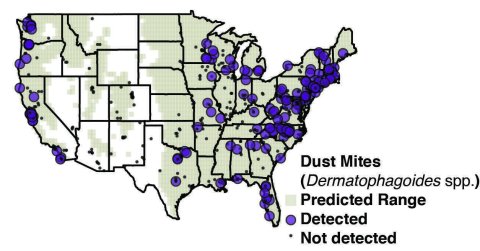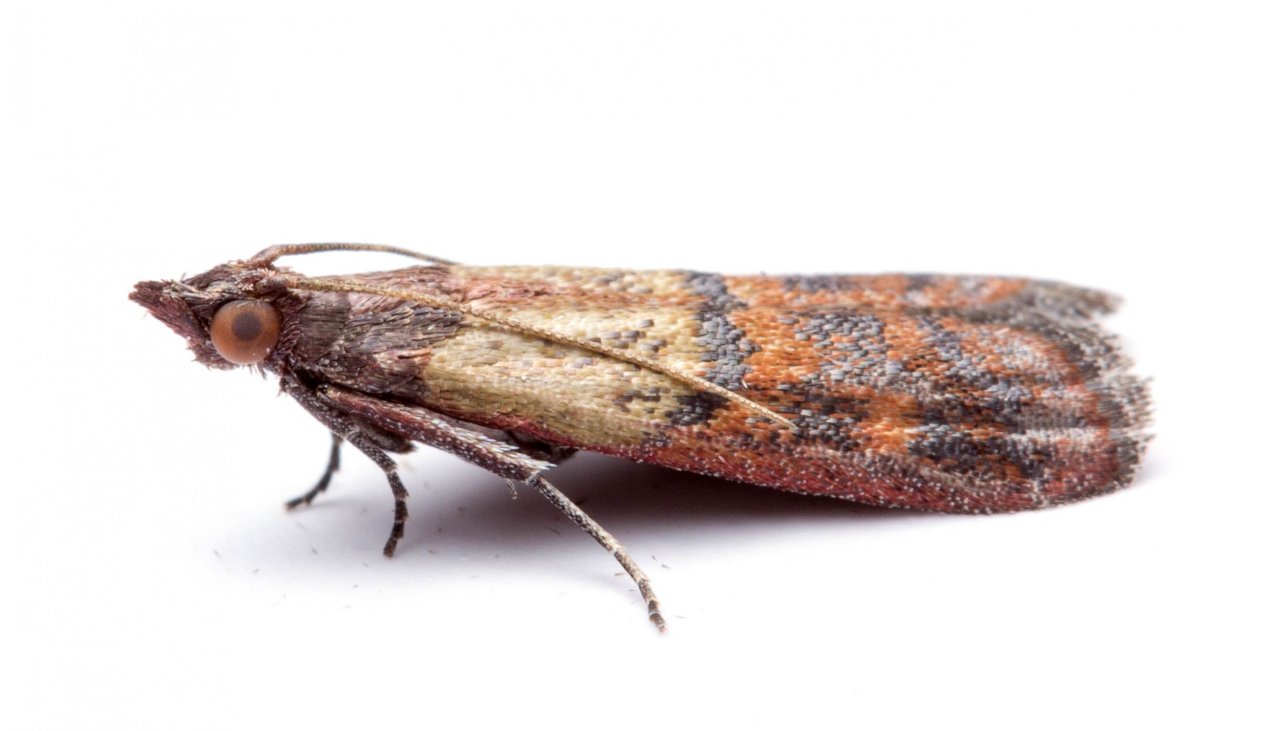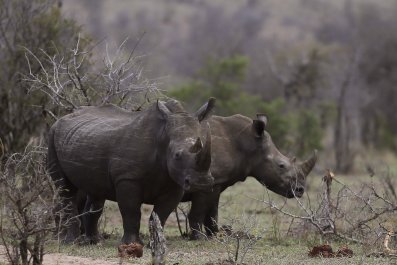Your dust bunnies, it seems, have some stories to tell. By examining the DNA in dust, researchers have shown that we share our houses with a legion of mysterious creatures. And they've created the first map showing their range across the U.S.
The researchers collected dust swabs from more than 700 homes in 48 states. They detected DNA from more than 600 different types of arthropods, the group that includes insects and spiders. The results were published earlier this month in an article, "The Diversity of Arthropods in Homes Across the U.S," in the journal Molecular Ecology.
Related: American homes are teeming with bugs
The study found that most homes contain DNA belonging to many species of flies, moths and insects, such as aphids, that suck on plant fluids, says one of the scientists, Anne Madden, a postdoctoral researcher at North Carolina State University. Dust mites, carpet beetles, Indian meal moths, fruit flies and fleas are also common, along with wasps and other insects that parasitize aphids. "There are entire food webs [of which we've been completely unaware] inside houses," Madden says.


The creatures shed DNA when they defecate, lose limbs or die, and fragments of this genetic material end up in dust. (Most of them, with the notable exception of mites, don't actually live in the dust.) Madden said she and her colleagues were surprised to find in many homes the DNA of wasps and fireflies that they didn't know lived indoors. The assumption is that these creatures were just passing through.
The researchers also found that an invasive insect known as the Turkestan cockroach, native to central Asia, has spread from the American South toward the north and east, making its way as far as Massachusetts.
This paper complements a study, "Arthropods of the Great Indoors," led by Madden's colleague Matthew Bertone, published in January in PeerJ, in which researchers entered 500 houses to look for arthropods. They determined that the average house hosts around 100 species. In every home, the scientists found cobweb spiders, carpet beetles, gall midge flies and ants.
"You share your home with wonderland of arthropod diversity," says Michelle Trautwein, an entomologist at the California Academy of Sciences. "And that is pretty exciting."
In several homes, the scientists found genetic material from lobsters and other marine arthropods—which presumably came from cooking fumes. In one home they detected brine shrimp, also known as sea monkeys. Further investigation revealed that the house had a fish tank, so the puzzling DNA probably originated from brine shrimp in the fish food.
Read more from Newsweek.com:
- Why some insects simply pretend to be dangerous
- Bedbugs are becoming resistant to some insecticides
- Tiny robots jump like locusts























